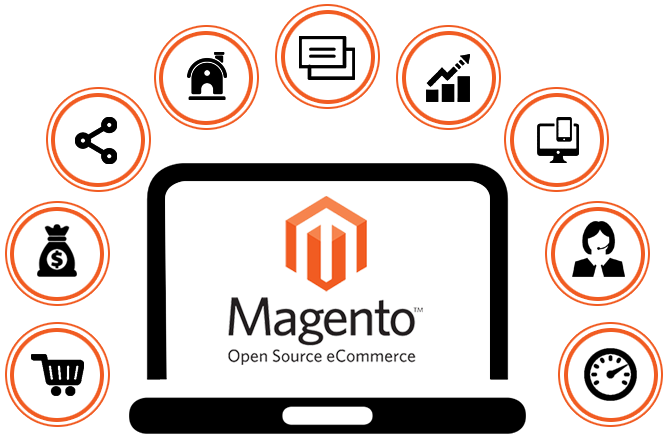Despite digital marketing strategies being effective and robust with their outcomes, these need to constantly evolve since consumer needs and habits are continually changing.
That’s not different from the voice of the customer or VoC marketing campaign. The strategy is one in which a business strives to listen to what the customer has to say and gain insight from that feedback in order to act on concerns or needs.
The customer’s experience is optimally significant, making it vital that the business leaders hear what the customer has to say to fully understand where improvements to this experience need to be made to garner a greater sense of satisfaction.
A robust VoC program should reveal the target demographic’s expectations about the goods and services you provide, whether these expectations are being met, and what needs to happen in order to ensure this happens in the future.
The ideal strategy will incorporate a variety of sources to collect this feedback, so the customer knows they’re being given a voice when it comes to their products.
The concept might sound simplistic, but it’s a bit more challenging than it seems. Learn about VOC from an AI standpoint at https://www.sixsigmadaily.com/how-innovative-technology-can-improve-voice-of-the-customer/.
What Is VoC Marketing?

Business leaders might believe their marketing strategies are comprehensive enough to help them understand what the customers have to say but do these leaders hear and understand what the target audience has to say?
The facts indicate that many organizations are not up to speed despite significant investments in their research strategies. With those “statistics,” new marketing concepts are developed constantly to make businesses more consumer-centric, including a robust new process referenced as “VoC” marketing or “Voice of the Customer.”
With this process, the audience’s feedback is collected, heard, understood, and steps are taken to move their suggestions forward. It sounds relatively straightforward but can be a time-intensive and involved process. Let’s look at it more closely.
1. The Interviews
With VoC, there is a need for in-depth responses from the target groups. While surveys are usually an integral tool in the marketing scheme and a budget-friendly method for collecting poignant insight, detailed input is lacking.
In order to get a feel for the true nature of a customer’s opinion, this new research tool uses “quantitative” and “qualitative” methodologies – not merely surveys.
These can include focus groups, interviewing, site analytics, journey maps, and more. The process is used with both the clients and the internal teams having a goal of obtaining “multi-dimensional” feedback on methods of improving the customer’s experience and the products.
2. Answering the tough questions
All businesses prefer to receive positive input. That can influence how questions are relayed with the survey creation, with results then being relatively useless. The point with VoC is to step outside of your comfort zone with the difficult questions you might not want to hear the answers to.
While the responses could be harsh, these sharp insights are what bring change, improvement, and growth. If you can’t recognize weakness, there’ll be no capacity to make changes. Without constantly evolving along with the consumer’s changing behaviors, the company can’t grow. Read here strategies to help understand VoC.
3. Action is the reaction to the feedback
Collecting feedback is only one component of VoC. The leaders need to gain insight from what the audience is indicating with this input. They need to hear and understand what’s being said by their target group, and that consumer wants proof their voice has been heard.
How can a company do that? Act on their input and let them know you did so and how. Show the customer the results of their feedback. By churning out more desirable results, you achieve better customer relations and decrease the instances of dissatisfaction.
Final Thought
Voice of the Customer is a powerful marketing strategy meant to bring the customer’s voice to the business leaders to create a more outstanding customer experience.
In exchange for their dedication to the consumer, the company will see an influx of word-of-mouth referrals, greater loyalty with their audience, and a higher retention rate.
A demographic who shares their experience with their network will likely make more purchases with the business. Plus, those in their network will come on board to buy goods or services, substantially increasing business revenue.
These transactions equate to opportunities to learn where improvements can be made and how the company can evolve positively for the benefit of each person as a consumer.
Identifying the customer’s voice is a crucial component not only of a marketing strategy but essentially of growing a business overall. The VoC process is what allows you to connect on a deep and direct level with that target group but also with the individual consumer. That will translate into change, evolve further into growth, and ultimately result in success.
Read Also:






















